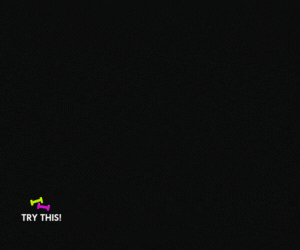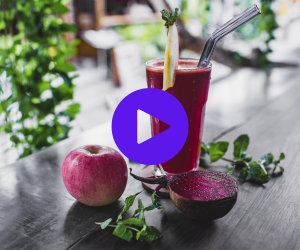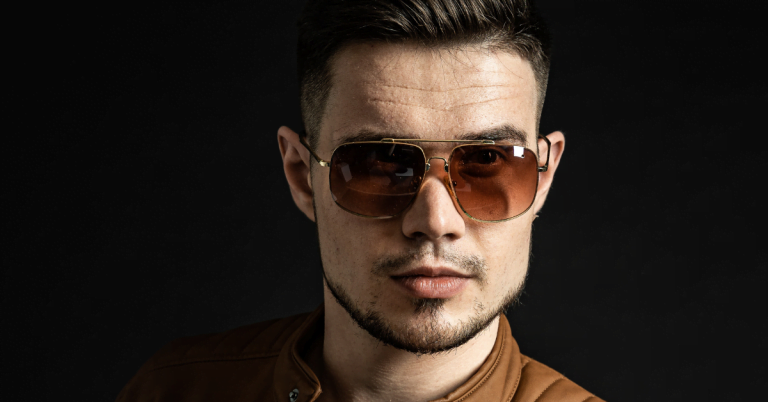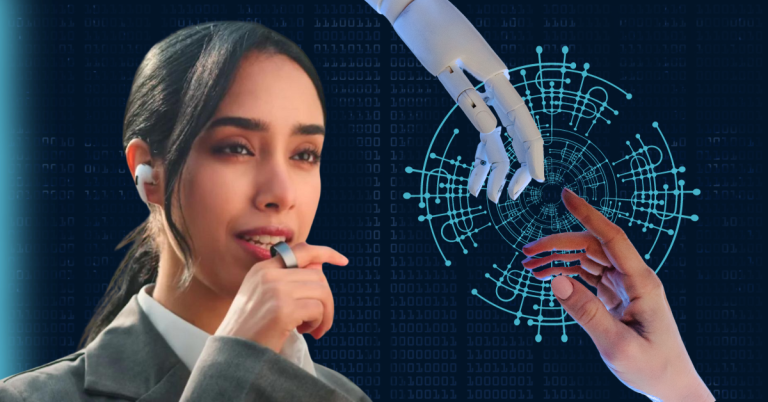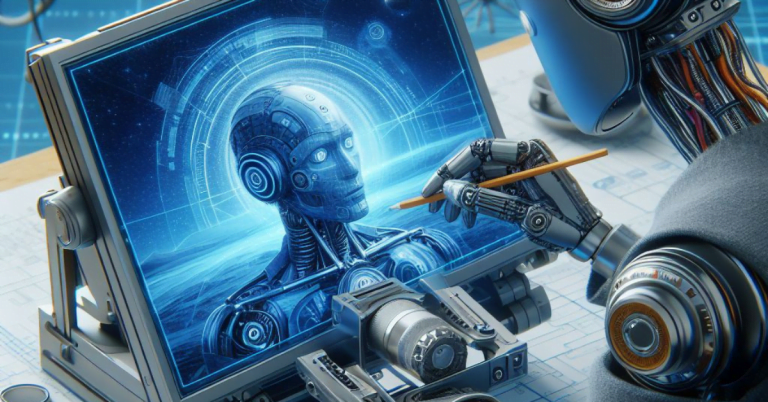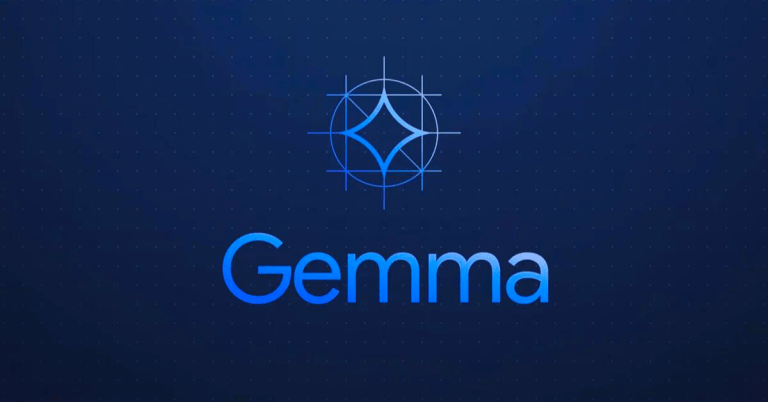Sora AI Creates Real-Looking Videos in Minutes! New AI Creates Entire Movies!
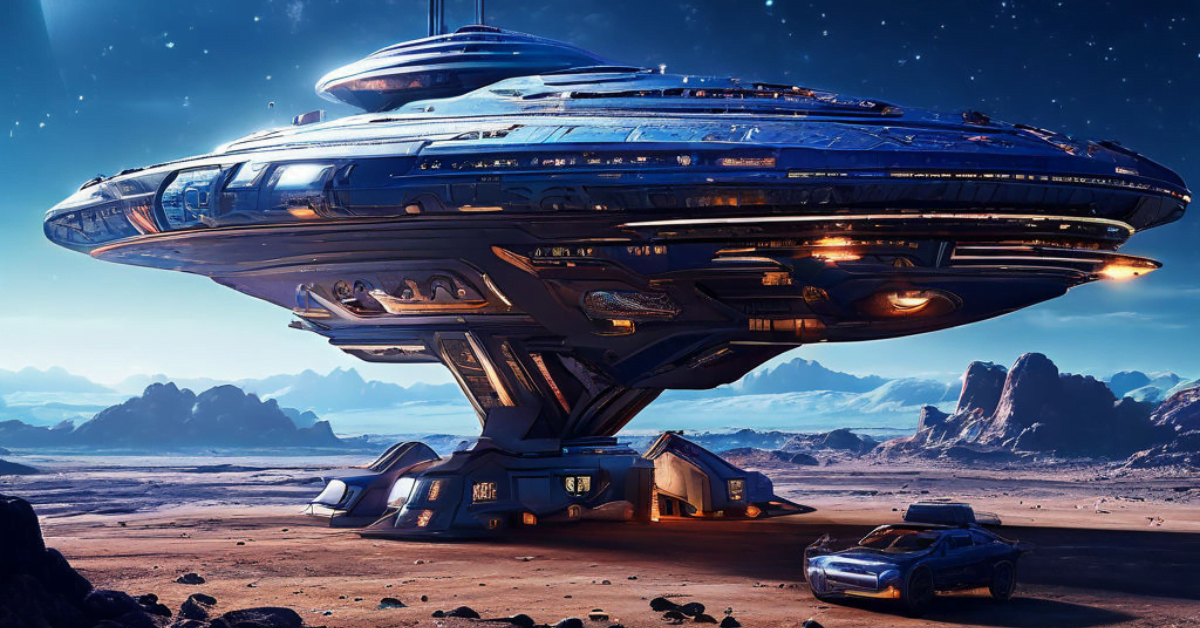
Hey everyone! Imagine a world where technology surpasses your wildest expectations. Well, that world is no longer science fiction. Buckle up, because Sora AI is here. Check out this video. Where was this drone footage shot, and can you guess? Which nation is it in?
Whatever you surmise, it’s inaccurate. because neither the location nor the drone used to record this video is real. It is fully artificial intelligence produced by a computer.
The video snippets you watch, which feature people wearing headgear and reading books, are not real. They are computer software creations.
It’s getting harder and harder to tell the difference between computer-generated entertainment and reality.
Moreover, you may now create videos without even using a camera. You may use text prompts to produce high-quality videos using just a keyboard and a few minutes.
All of this is a result of Sora AI.
What is Sora AI?
Sora AI is an AI program created by OpenAI, the same firm that first exposed the world to ChatGPT a year and a half ago.
ChatGPT supported text-to-text chats with AI. You write a query and get a text response.
OpenAI then introduced DALL-E, a text-to-photo AI. You could provide DALL-E with a text prompt and the desired photo style, and it would create an AI-generated image.
Sora AI is the next step in this evolution: text-to-video.
Simply explain the video you want in plain English, and Sora AI will create it within minutes.
If you say “a young person reading a book while sitting on a cloud,” Sora AI will make a movie in minutes.
Text prompts created the videos you watched before. Some were developed using simple instructions, while others utilized lengthy explanations.
Sora AI’s skills extend beyond text-to-video. It can also do photo-to-video and video-to-video editing.
Imagine putting a picture of a Shiba Inu dog into Sora AI. The program would then produce a video of the dog in action.
Similarly, you may upload a video of a vehicle going on a road and ask Sora AI to adjust the surroundings, say switching it to a 1920s setting, while keeping the automobile red.
The Impact of Sora AI
This technique has enormous promise. There might be a revolution in whole industries.
The responsibilities of graphic designers, video game designers, and animators may all be greatly influenced. Platforms for stock photos and videos may experience disruptions.
When AI can produce cinematic footage in minutes, why shoot for weeks?
Before Sora arrives, let’s take a look at the current status of AI video creation. We’ll talk about the worldwide implications later.
The Rise of Sora AI
Do you recall last year’s widely shared video of Will Smith eating spaghetti? Although AI software was used to make it, it was the pinnacle of technology at the time.
After that, a number of text-to-video AI systems surfaced, including Runway and Pika Labs. That being said, the quality was nothing compared to Sora AI.
In fact, Will Smith used Sora AI to sarcastically reproduce the spaghetti-eating video after it was released in order to highlight the technological developments.
Sora AI now has a better comprehension of our environment, including the principles of physics that govern motion. This is why the pups in the video move accurately, and the snow on their heads reacts appropriately.
It can even comprehend emotions. In the video clip, notice how excited the cartoon character is when he sees the blazing candle.
Sora AI can recognize delicate characteristics such as elephant movement, even down to their exact footfall, making the films look very lifelike.
How Does Sora AI Work?
Diffusion models are the method that powers Sora, as well as many other AI models for picture production. This is a condensed explanation of how it works:
To begin with, consider all of the video’s frames to be full of static. That’s basically where the model begins.
Learning from Examples: A sizable collection of movies and the descriptions that go with them are used to train Sora. This aids in its comprehension of how visual components relate to the outside environment.
Eliminating the Noise: Using the knowledge it gained from the training set of data, the model gradually eliminates the static from every frame using a procedure known as denoising.
Building the Image: The model uses the text prompt you gave it to add more information and enhance the image at each denoising stage.
Making the Video: This denoising procedure is carried out one frame at a time. The processed frames are then stitched together to make the final video, which has a maximum length of one minute.
Basically, Sora lets you describe a scene using text and then transforms it into a full film by gradually adding features and combining them into a single moving picture. It’s similar to displaying a chaotic image to the model and instructing it to tidy it up according to your guidelines.
Sora AI: Limitations and the Future
Sora AI may appear ideal at first, but a closer examination reveals that it isn’t quite there. Although the technology is unquestionably excellent, it can still be improved.
Examine the videos I previously showed in detail. Take note of the astronaut’s abrupt increase in walking speed or the unusual wind direction that is turning the pages of the man’s book.
On its website, OpenAI admits these flaws and notes that occasionally, AI-generated videos may have difficulty with actual physics. Basketballs going through hoops and three hands appearing in a video are two examples.
Examine the grandma’s birthday celebration video closely. It seems normal at first, but observe. What responses are people giving? Examine more closely. Can you identify the error?
Now notice how hands are being waved by folks in the background. That’s not how normal people would wave.
These are a few of the minute features that let us tell the difference between videos produced by AI and actual footage at the moment. However given how quickly technology is developing, it might not be able to identify these differences shortly.
OpenAI understands this. They are aware that serious issues could arise if these movies start to resemble reality, especially about the propagation of false information.
This could be the cause of Sora AI’s delayed public release. “Red Teamers,” cybersecurity experts who mimic attacker behavior to find weaknesses in a system, are now testing it for security.
Manipulating actual people’s images and videos will probably continue to be a serious security risk even after they are made public. There could be a significant risk from fakes used for political influence.
However, such manipulation was problematic even before the introduction of Sora. Check out this video.
In what looks to be a video, Virat Kohli is endorsing a betting app and saying that it’s an “investment-worthy” app or game where you can play for pennies on the dollar and win big. But it’s all artificial intelligence produced.
Using celebrity faces to conduct deceptive social media advertising that entices consumers with promises of easy money and persuades them to download applications, fraudulent companies are already making use of this technology.
With Sachin Tendulkar, the same thing transpired. In a wholly fake video, his daughter is purportedly utilizing gaming software to get a sizable daily revenue. Additionally, the voice in the video is artificially produced.
As of right now, one must observe closely to identify these AI-generated videos. Keep an eye out for irregular lip movements, poor camera quality, and inconsistent speech quality—any of these factors could indicate that the voice is artificially generated in comparison to the real person.
You can see possible red flags by closely observing these aspects and critically analyzing the video’s content, which includes what is being advertised and what action you are instructed to take. For example, if a celebrity recommends an app that promises ten times the return on your investment, this should cause you to be suspicious, whether or not the video is created by artificial intelligence.
In addition, technical methods for identifying content produced by AI are being developed. These instruments examine minute discrepancies in the video’s illumination and pixelation, which can indicate that it was produced artificially.
But this weapons race in technology is an ongoing phenomenon. The ability of AI makers to further hone their methods will increase as detection methods advance, making it more difficult to discern between actual and AI-generated films.
The Ethical Debate Around Sora AI
The possibility of manipulation and deepfakes presents serious ethical problems. Malicious actors may utilize Sora AI to create videos of politicians making fraudulent claims or celebrities endorsing items they never approved.
Consider the chaos it may cause in political campaigns or on stock markets. Trust in what we see online may be diminished.
OpenAI is unquestionably aware of these hazards. They have stressed the appropriate development and use of Sora AI, meeting with policymakers and media organizations to discuss protections and potential remedies before public release.
The Positive Applications of Sora AI
Sora AI has the potential to transform several sectors despite ethical problems. Explore some crucial areas:
1. Education: Imagine personalizing student learning. Students can learn about history by seeing AI-generated recreations. Video simulations illustrate physics.
2. Filmmaking: Budgets can scare filmmakers. Independent filmmakers can use Sora AI to produce realistic backgrounds, special effects, and screenplay concepts at little cost.
3. Architecture and Design: Sora AI lets architects generate 3D walkthroughs of architectural designs to let clients visually experience their future homes.
4. Marketing and Advertising: Businesses can develop customized video advertising tailored to specific demographics without having expert videographers.
5. Accessibility and Communication: Sora AI can aid persons with disabilities in creating video content or converting sign language into realistic video representations.
Conclusion
At the front of a technological revolution is Sora AI. While technology raises ethical concerns, there is no doubt that it has the potential to be a positive force. As users, we must be astute information consumers.
A start in the right direction is OpenAI’s responsible development methodology. However, overcoming the obstacles that lie ahead will require strong laws and personal effort.




